From June 26 to 28, 2024, more than one million candidates nationwide overcame all difficulties to complete the 2024 High School Graduation Exam. This is the last High School Graduation Exam according to the 2006 General Education Program, and is also the last year of taking the exam according to the multiple-choice test structure and format - A, B, C, D (except for Literature). After accessing the 2024 High School Graduation Exam, many experts, teachers and students said: In addition to the similarities with previous years (form, structure, scope of knowledge, objectives, ...), the High School Graduation Exam for all subjects in general, and the History exam in particular, also integrates new points, aiming to orient the 2025 High School Graduation Exam according to the 2018 General Education Program.

Overall, the 2024 high school graduation exam in History is considered good and safe; inheriting and promoting the results achieved in many previous years in using multiple-choice question formats (A, B, C, D); the exam has a new scoring approach by providing materials, creating favorable conditions for candidates to have more scientific basis to choose the answer options, thereby orienting the innovation of the high school graduation exam from 2025 for teachers and candidates to refer to.
The structure and scope of knowledge are in accordance with the requirements and orientation of the sample exam.
- The test has the same structure as the reference test announced by the Ministry of Education and Training (March 2024) . 40 multiple choice questions are divided into 3 levels of thinking to differentiate candidates: "Knowing" level (22 questions, from question 1 to question 22), "Understanding" level (8 questions, from question 23 to question 30), "Application" and "High Application" levels (10 questions, from question 31 to question 40). With 10 application and high application questions, only diligent students, with effective review methods, and the ability to synthesize knowledge and high thinking can do it correctly.
- The knowledge scope of the exam is in the History Program for Grades 11 and 12, there are no questions in the reduced load section. There are 36 questions in the History Program for Grade 12 (assessing all 3 levels of thinking) and 4 questions in the History Program for Grade 11 (the Vietnamese History section assesses at the knowledge level, the World History section assesses at the understanding level). Similar to the History exam in previous years, the 30 questions assessing candidates at the knowledge and understanding levels in 2024 do not have a reduced load section (according to Official Dispatch No. 3280/BGDĐT-GDTrH, dated August 27, 2020) of the Ministry of Education and Training; the phrases used to ask questions and the answers are simple, available in textbooks.
For the last 10 questions in each exam code, the phrases to ask and the answers are not available in the textbook, candidates must synthesize, systematize knowledge, and deal with related knowledge content to eliminate options and answers. This ensures that the majority of candidates are evaluated for graduation, and differentiates good and excellent candidates for university admission. According to Associate Professor Dr. Nguyen Manh Huong (Lecturer of the History Department, Hanoi National University of Education 1), teachers and students should not have a mechanical, rigid view that questions in the application and high-level application exams " must not " be related to "phrases in the reduction section", because these are questions that comprehensively assess many skills (reproduction, synthesis, analysis, countermeasures, problem chaining, etc.) and require candidates to mobilize many units of knowledge to solve: knowledge content can be "reduced" in the new knowledge research lesson, but is still mentioned in the summary; knowledge content can be "reduced in the world history section", but is "mentioned in the national history section", etc.
- The way of asking and the technique of asking questions are consistent and unified among the exam codes . In all 24 exam codes, the question groups are placed in the correct knowledge boxes, according to the matrix and thinking level to ensure fairness (for example, at the high application level, the exam codes all have questions related to Nguyen Ai Quoc's contributions to the Vietnamese revolution in the years 1919 - 1930). The technique of asking questions and the interference options are also consistent, such as the number of statements with the given options, the number of negative sentences, the document passages, etc.). With this form, candidates taking any exam code can rest assured, there is fairness, there is no difference in ease and difficulty.
Thus, compared with the announced sample exam (March 2024), the 2024 high school graduation exam in History has followed the structure and scope of knowledge, ensuring the requirements and orientation of the previously announced high school graduation exam.
The exam ensures comprehensiveness and achieves the "dual goal"
- The exam focuses on core knowledge of the program . The content of the questions in each exam code focuses on basic, core knowledge according to the knowledge and skills standards of the 2006 General Education Program. The questions are clearly written, do not challenge students, and do not have questions that assess trivial, mechanical memorization of time, place, names of people, events, data, etc.

- The exam ensures comprehensiveness and orientation . Comprehensiveness is shown in that the exam must evaluate the learning process of students in many fields, according to the regulations of the subject program such as politics, military, economics, diplomacy, education, international relations, connecting the past with the present, ... Besides comprehensiveness, the questions in the exam are oriented according to the viewpoints of the Party and State on education and history education (patriotic tradition, national solidarity in uprising, resistance against foreign invaders, protecting independence, building socialism; summarizing past experiences into present life; bringing historical knowledge into life, bringing life knowledge into application in history exams, ...).
- The exam achieves a "dual goal". The high school graduation exam organized by the Ministry of Education and Training has the main goal of assessing high school graduation scores, while also providing information and a reliable basis for institutes, universities and colleges to consider admission in 2024 (for candidates who score 7.5 or higher). In addition, the exam will also contribute to comparing the teaching and learning of History by teachers and students in provinces/cities across the country (after announcing the results, the Ministry of Education and Training will have specific information and data when comparing "real learning" and "real testing" between localities). To achieve the above goal, the exam has ensured confidentiality, comprehensiveness, and mass graduation consideration, but also differentiation and fairness in educational assessment.
The test is “challenging” but “not tricky”, the grading is “easy” but not “forgiving”
The 2024 high school graduation exam for History, like many previous years, is built according to three groups of thinking levels (know, understand and apply), with challenges for candidates who are not serious and subjective in studying history. Candidates who have a scientific study plan and method, spend adequate time reviewing history to aim for university admission, will have a much easier time achieving good or excellent scores. The exam has 30 questions to evaluate candidates at a light level, which are in the textbook, but if candidates do not study carefully, do not know how to apply the historical knowledge they have learned and in life, they will not meet the requirements. Specifically:
- Level 1 and level 2 (from question 1 to question 30), the questions are easy, scoring is “easy” but not “easy”. In the first 22 questions, the test only evaluates one level of thinking “knowing”, after reading the question, candidates can choose an answer within 15-30 seconds. For the next 8 questions (from question 23 to question 30), the test requires candidates to apply the two levels of thinking “knowing” and “understanding” to eliminate and choose an answer, but there are not many challenges.
For example, at the “know” level of thinking, question 2 (code 302), question 10 (code 304), question 5 (code 312), question 18 (code 320),… are some of the easy questions, easy to score points; candidates only need to know/determine that Mongolia, Thailand, and South Korea are not in Africa to get points.
After World War II, which of the following countries in Africa gained independence?
A. Egypt.
B. Mongolia.
C. Thailand.
D. Korea .
Or at the "understanding" level of thinking, there are question 25 (code 305), question 23 (code 311), question 29 (code 319), question 27 (code 323),... candidates only need to go through two simple thinking steps (recall/recall knowledge then eliminate, make a decision to choose the correct answer).
Which of the following military victories of the army and people of South Vietnam was the result of implementing the Resolution of the 21st Central Conference (July 1973) of the Vietnam Workers' Party?
A. Phuoc Long
B. Milling.
C. Dong Khe.
D. Doan Hung.
In the above example, candidates only need to remember what decision was made at the 21st Central Conference (July 1973) of the Vietnam Workers' Party (in any case, revolutionary violence must continue to be used to complete the people's national democratic revolution in the South), then eliminate options unrelated to the Southern revolution (Phay Khat, Dong Khe and Doan Hung - all are place names in Northern Vietnam).
- Level 3 and level 4 (from question 31 to question 40), the questions are "challenging" but not "challenging" . This is a group of highly differentiated questions, aiming to select candidates with a score of 7.5 or higher so that institutes, universities and colleges have a basis for admission in 2024. To answer questions at levels 3 and 4, candidates go through 3 or more levels of thinking (knowing, understanding, applying), must combine knowledge with skills, historical knowledge with social knowledge: First, identify and distinguish the "keywords" of the question so as not to confuse names, terms, and other knowledge units; Second, historical thinking, from recalling and reproducing each event and phenomenon learned at the same time or in a different historical period but closely related (to serve as a basis for comparison) to systematizing knowledge by problem; Third, synthesize and string together knowledge according to the problem to compare, find similarities/differences, new or creative points, etc.; Fourth, eliminate incorrect or partially correct interference options, then make a decision to choose the only correct answer.
The difference (a way to differentiate candidates) in each interference option at the “application” and “high application” levels compared to the “knowledge” and “understanding” levels is: the answers and interference options “do not use verbatim” phrases in the textbook; use “compound words” and use long interference options connecting knowledge units to increase the thinking ladder. For example, the exam uses the compound words “revolutionary direction” (revolutionary direction and direction of progress), “movement” (action and attitude), “worker-peasant-soldier alliance” (alliance between workers, farmers and soldiers), “success and defeat” (undefeated success). These compound phrases are not new, they have been used in professional and life situations, and are in the Vietnamese dictionary. Candidates with solid historical knowledge, who know how to synthesize and think logically between historical periods and stages, and who know how to connect historical knowledge with lessons and life,... will easily achieve high scores.
For example, question 34 (codes 205 and 319), question 31 (code 310), question 39 (code 321 and 324),... are among the four questions assessed at a high application level. Candidates need to go through four levels of thinking to make a decision to choose the correct option.
In the context of the "once in a thousand years" opportunity (August 1945), Ho Chi Minh and the Indochinese Communist Party led the Vietnamese people to rise up and seize power with which of the following principles?
A. Use violence to seize power at all costs.
B. Concentrate on total attacks in all three strategic areas.
C. Focus, unify and act quickly and promptly.
D. Seize the opportunity, resolve the risk to avoid loss.
In the above example, the candidate must first identify and correctly understand the meaning of the phrase “once in a thousand years” opportunity (there is an interweaving of “opportunity” and “risk”) and “principles” (basic things that must be followed) in the question. Next, the candidate must recreate the context of the “once in a thousand years” opportunity in Vietnam (from the time the Japanese militarists unconditionally surrendered to the Allies, August 15 to early September 1945) and how it manifested; reenacting the decisive decisions and actions of Ho Chi Minh and the Indochinese Communist Party in the context of a "once in a thousand years" opportunity (most notably the issuance of No. 1, determined to seize power nationwide without delay before the Allies entered Indochina; the content of the Party's National Conference and the National Congress in Tan Trao; the event on the afternoon of August 16, 1945, when Vo Nguyen Giap led a unit into Thai Nguyen,...); recreate the picture of the people of the provinces simultaneously rising up to seize power, winning quickly and with little bloodshed, the event of King Bao Dai declaring his abdication, handing over the royal seal and sword to the revolutionary government on August 30 at Ngo Mon Gate in Hue,... Finally, based on recreating the knowledge learned, combined with thinking operations, candidates will eliminate the distracting options that are not real/have not happened yet or are only partially correct ("seize power at all costs", "general attack on all three strategic areas", "neutralize the danger to avoid losses"). The correct option in the above question is "Concentrate, unify and act quickly and promptly", which is understood as concentrating the highest national forces; unifying the line and method of action in the process of seizing power; seizing power must take place quickly and promptly, winning before the Allies enter Indochina, before the French colonialists return to invade,...
The exam has two questions to guide innovation in the way of making questions for the 2025 High School Graduation Exam.
The 2024 high school graduation exam in general, and History in particular, is the final exam to conclude the 2006 General Education Program. From the 2024-2025 school year, candidates will take the high school graduation exam according to the 20218 Education Program. To prepare for the innovation of the graduation exam from 2025, the Ministry of Education and Training has made careful preparations (training and fostering teachers in how to construct questions,...) and announced the structure and format of the sample exam.
For teachers and students taking the 2025 high school graduation exam to refer to, the 2024 high school graduation exam for all subjects, including History, has included information and historical data (with specific citations) so that students have more basis and basis for performing thinking operations when doing the test. The 2024 History exam has two questions providing information and historical data (related to basic knowledge content in textbooks), creating favorable conditions for candidates to have more information to analyze the problem. These are questions 32 and 38 (code 305), questions 38 and 40 (code 312), questions 37 and 40 (code 322), questions 38 and 39 (code 315), questions 33 and 36 (code 324),... For example, question 33 of test code 324 provides a passage of information for candidates to have more basis for thinking and analyzing before deciding to choose an answer option as follows:
“ The Paris negotiations were an extremely fierce and decisive struggle between us [Vietnam] and the US... The US side reacted fiercely. They were forced to de-escalate the war, gradually withdraw US troops, but still stubbornly pushed forward the “Vietnamization” war, negotiating from a position of strength...
Suffering a disastrous defeat in the strategic air raid by B.52 aircraft at the end of 1972, the US's plot to negotiate from a position of strength was bankrupt, and its will to invade was broken. With no more cards to bargain with, the US was forced to sign the Paris Agreement [27-1973], accepting to unilaterally withdraw all US troops and troops from dependent countries back home..."
(War Summary Steering Committee under the Politburo, Vietnam Revolutionary War 1945 - 1975 - Victory and lessons, National Political Publishing House, Hanoi, 2000, pp.235 - 236)
The fact that the US was not successful in "negotiating from a position of strength", "miserably failed" in the strategic air raid by B.52 aircraft on Hanoi, Hai Phong... (late 1972); had to return to the negotiating table and sign the Paris Agreement (1973) on ending the war and restoring peace in Vietnam, proves that:
A. The conditions, the "strategic offensive opportunity" for the liberation of the South had come.
B. Vietnam's strength, courage and intelligence in "fighting and negotiating" with the US.
C. After military failures, the US abandoned its strategic goals in Vietnam.
D. The United States has declined in position and is no longer the richest and most powerful country in the world.
The fact that each 2024 high school graduation exam code for History has two questions providing data before giving the question and four options (A, B, C, D) aims to orient the innovation of the high school graduation exam from 2025. This approach does not waste time doing the test, does not increase the difficulty of the questions, but helps students have more scientific basis, making it easier to do the test.
Conclusion
It can be said that the 2024 high school graduation exam in History has successfully completed its mission. This year's exam not only inherits the achievements of the process of innovating the way of making questions many years ago to close the 2006 General Education Program, but also guides the innovation of the way of making high school graduation exam questions in 2025 - questions will provide information, data/text (with cited sources) related to basic knowledge to provide more scientific basis for candidates to perform thinking operations to do the test. History is truly the "teacher of life", the "torch that lights the way to the future"./.
Master Tran Trung Hieu (History Teacher, Phan Boi Chau High School for the Gifted, Nghe An)
*************
REFERENCES
1. Ministry of Education and Training (2024), high school graduation exam 2024, history subject (24 exam codes).
2. Ministry of Education and Training (2020), History Textbook 12 (basic and advanced), Vietnam Education Publishing House, Hanoi.
3. Ministry of Education and Training (2011), Guidelines for implementing knowledge and skills standards for History subject at high school level, Vietnam Education Publishing House, Hanoi.
4. Ministry of Education and Training (2020), Official dispatch on reducing workload - Guidance on adjusting teaching content at high school level ( No. 3280/BGDĐT-GDTrH, dated August 27, 2020).

Source: https://vietnamnet.vn/de-thi-lich-su-tot-nghiep-thpt-2024-co-thach-thuc-nhung-khong-thach-do-2296546.html












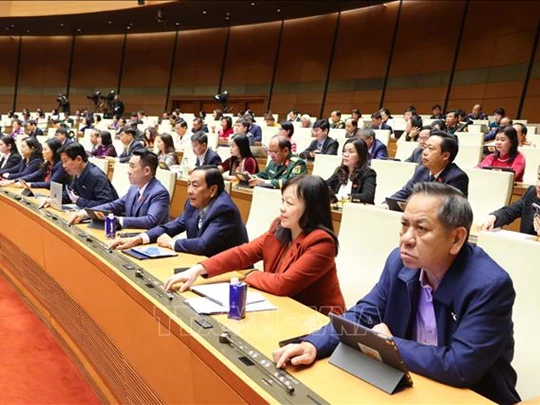

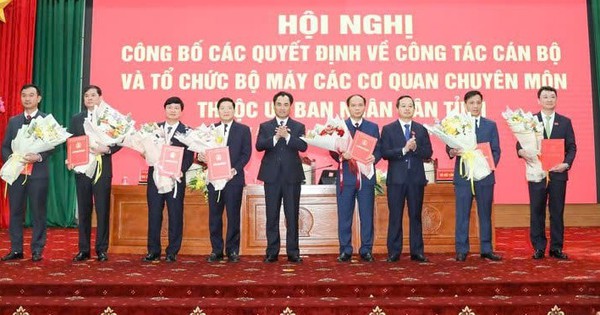
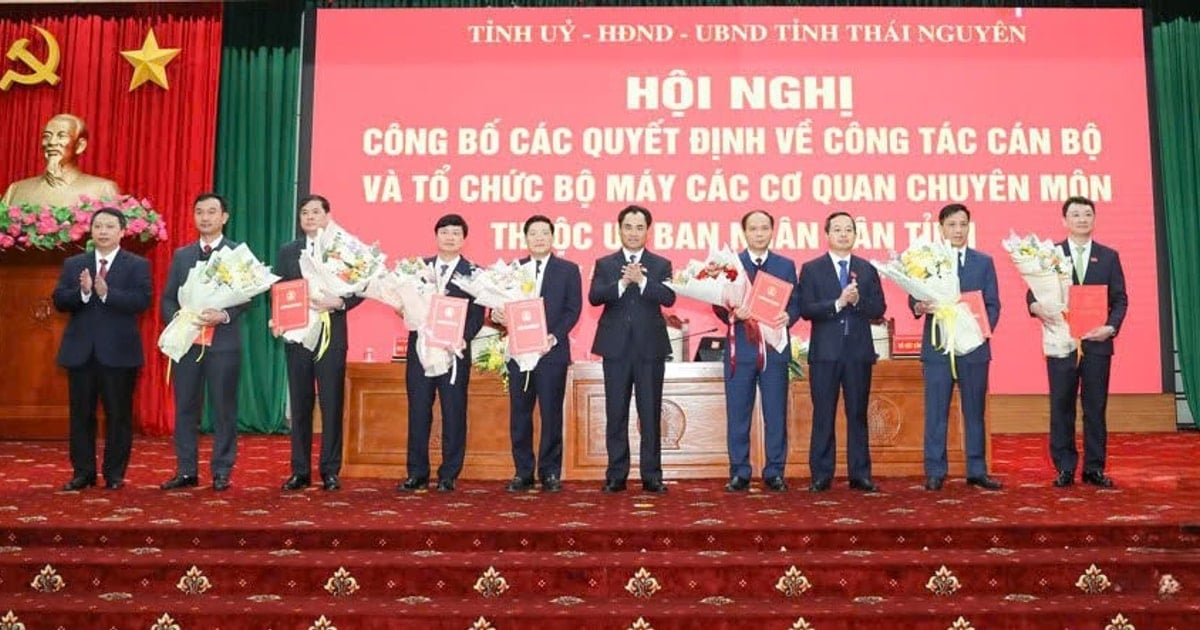



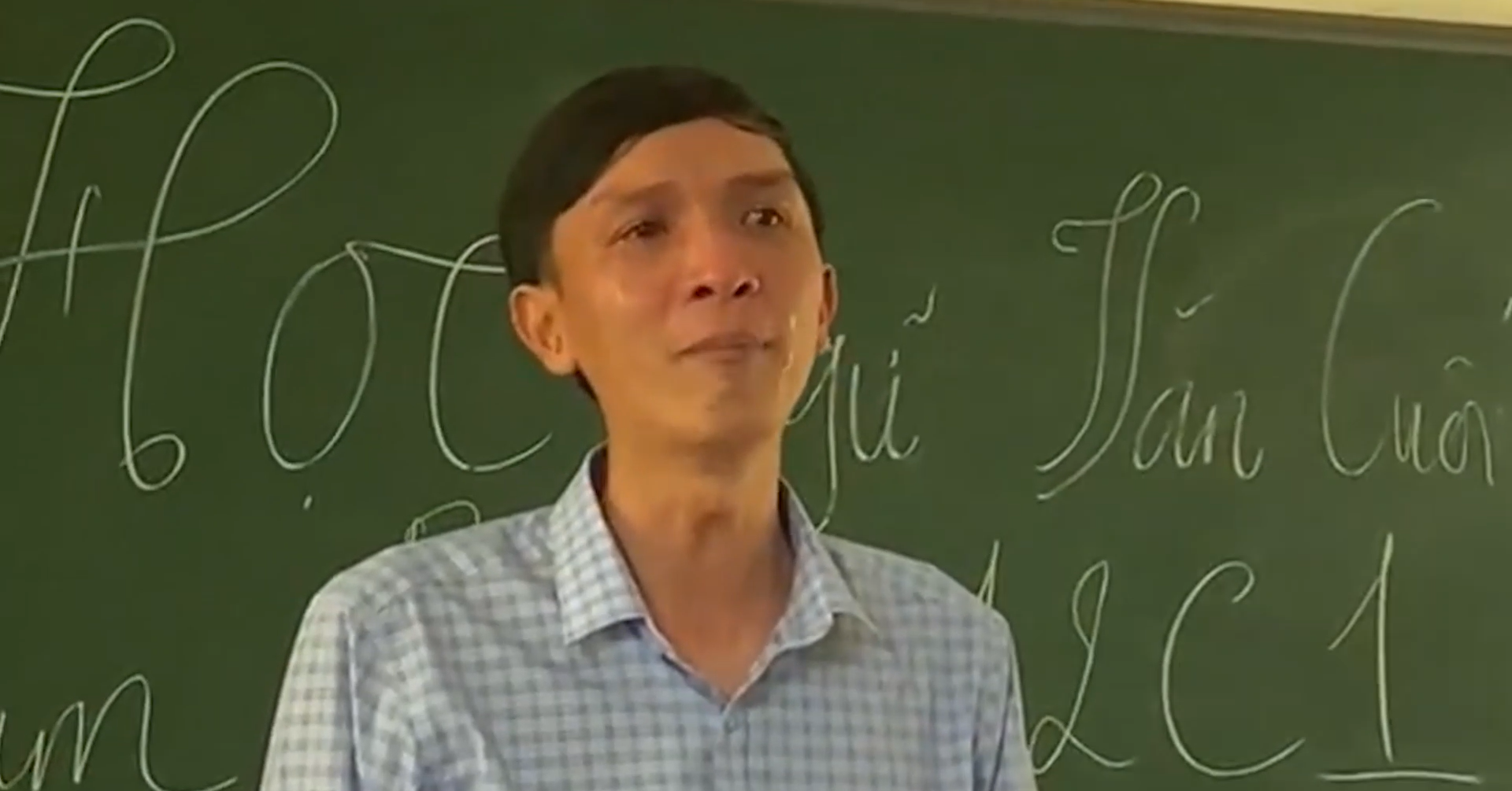

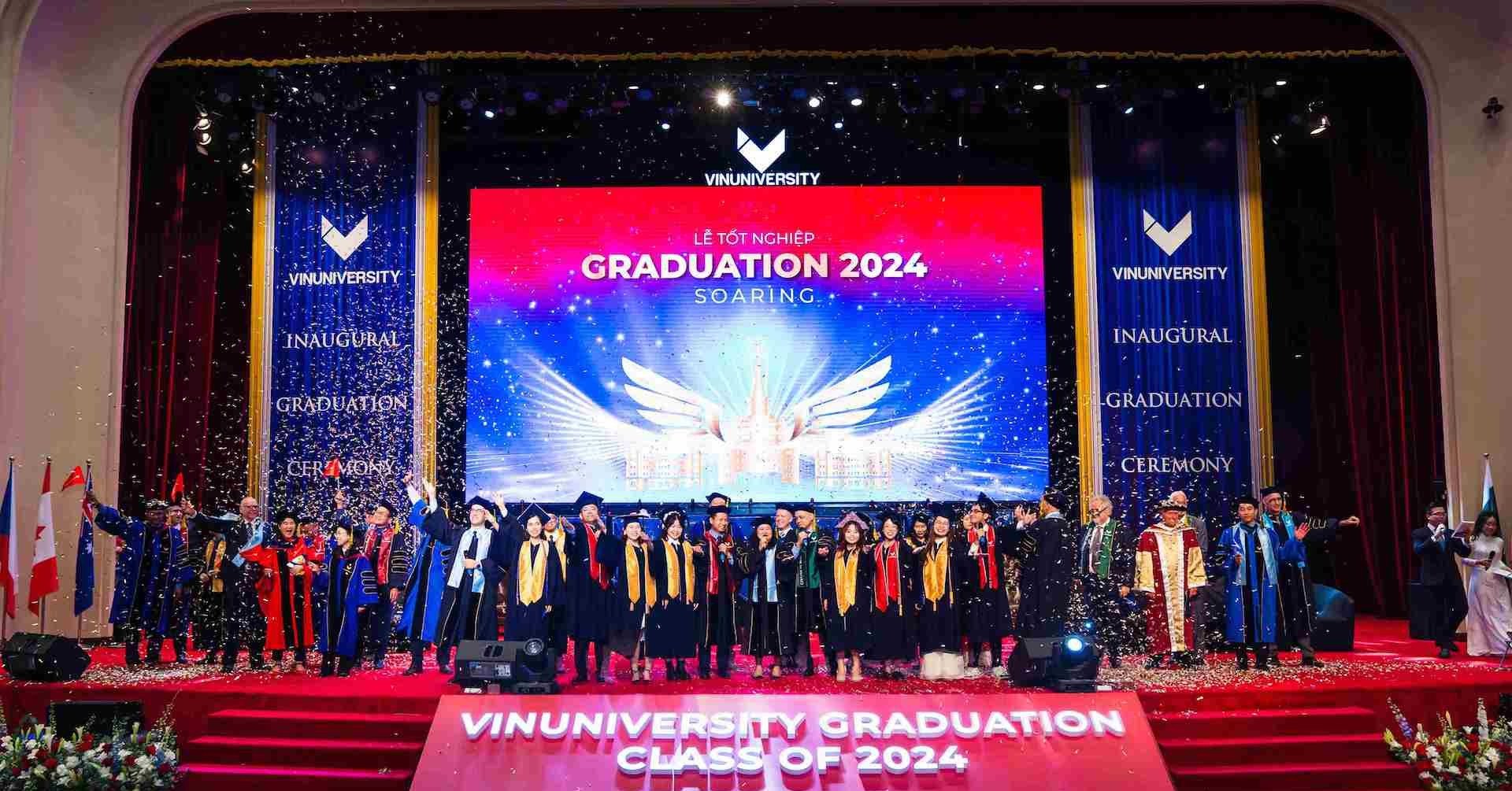





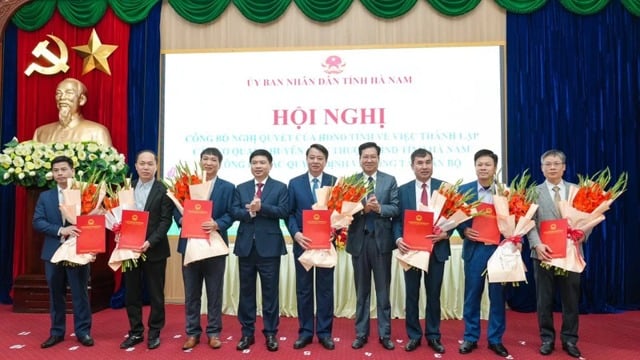
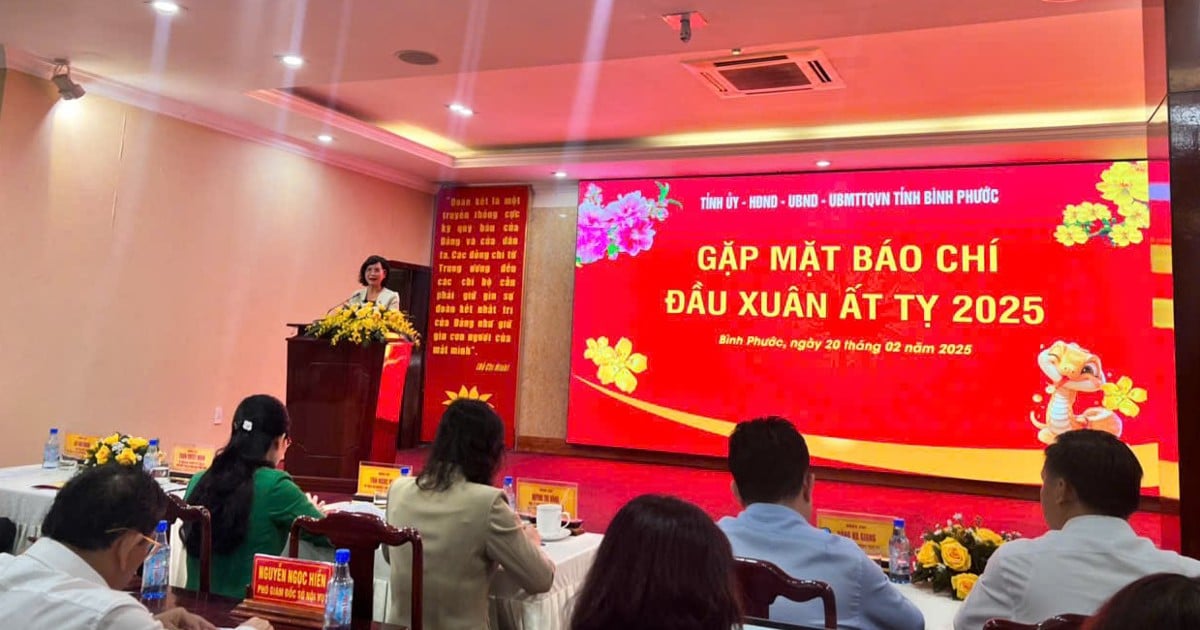
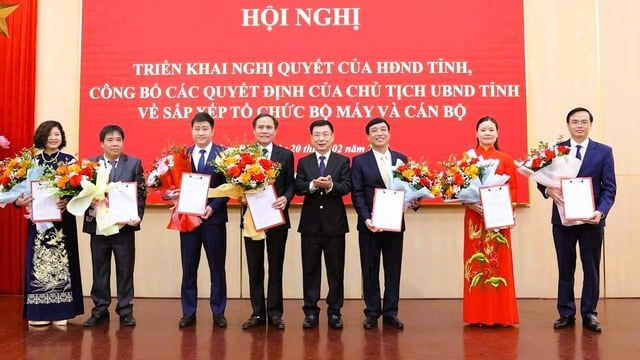










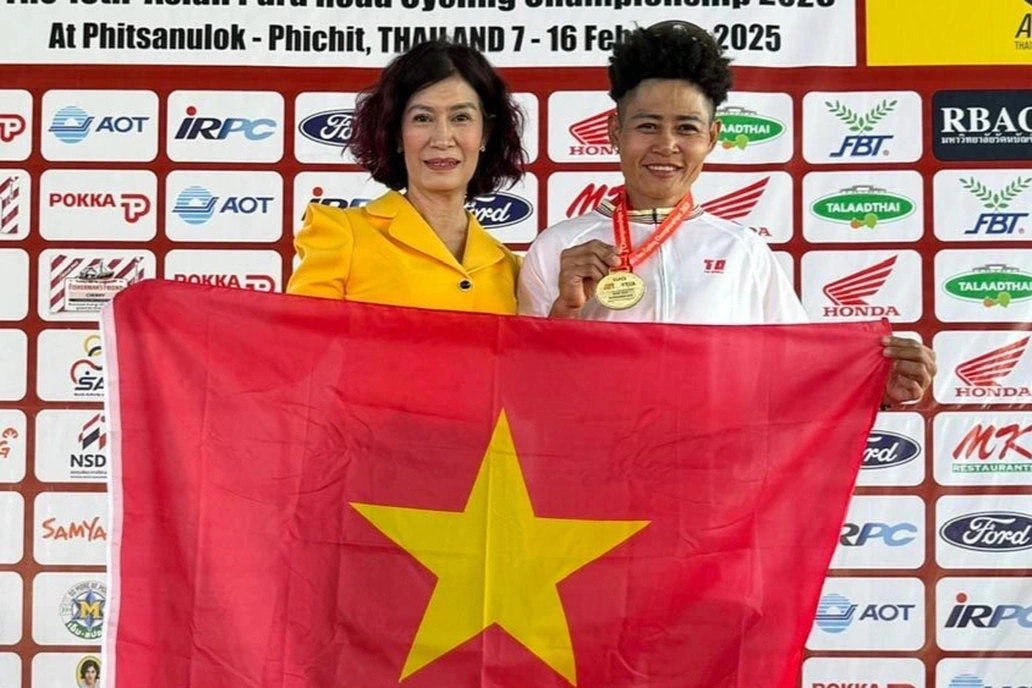

Comment (0)